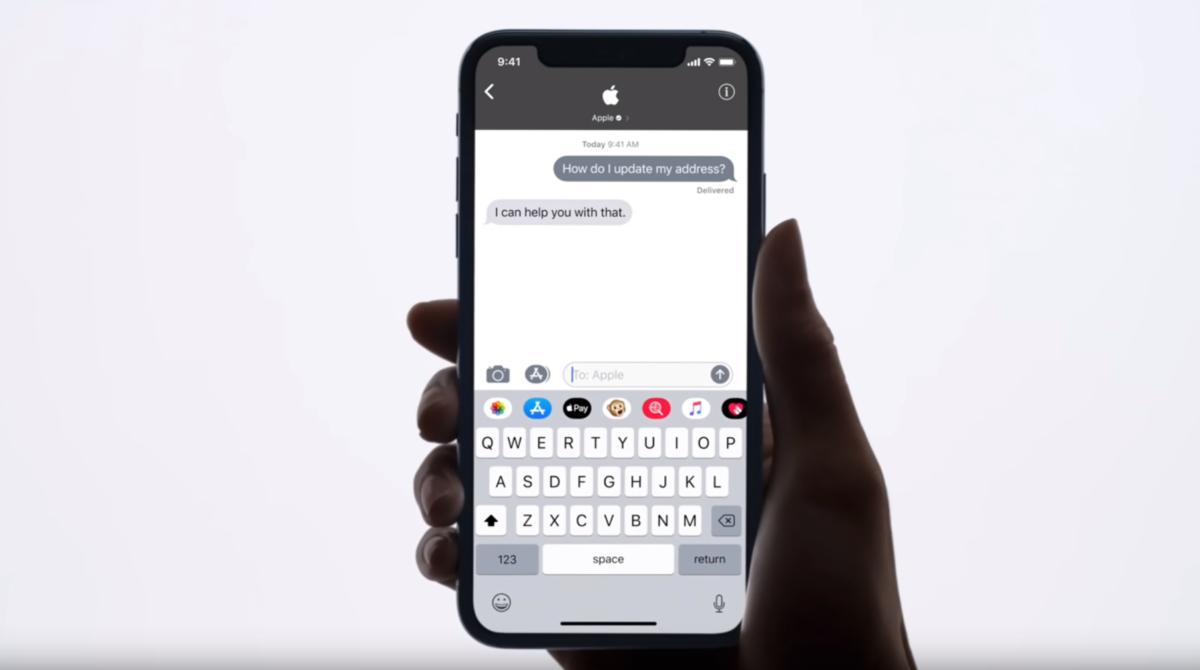The hype surrounding the Generative Artificial Intelligence (GAI) driving ChatGPT shows that AI has moved into mainstream conversation. These technologies have been around for much longer, from machine intelligence augmentation in photos to chatbots like Apple Business Chat.
All the same, OpenAI seems to have grabbed the hype cycle.
Setting the bar
The assumption is that ChatGPT tech is already miles ahead of Siri and other smart engines, that it challenges Google in search (though Bard may help the latter fight back), and will give Microsoft’s Bing a cheap victory in that space. Adobe will use its own generative AI within its own products soon, enabling users to achieve powerful results.
The advantage these tools seem to have is that, as well as being really swift at gathering information to answer requests, they can also be creative in their responses. ChatGPT can write a short story based on the parameters you give it.
The momentum is impressive — making it to a million users in such a short time is a big achievement in itself. Time (and probably an increasing demand for accuracy, originality, and credibility) will tell whether this success will hold, but it wouldn’t be the first relative outsider to transform the tech industry.
Though this outlier does appear to have several billionaires on its board, which rather suggests it is no scrappy underdog making good.
We come to bury bots, not to praise them
The Generative AI tech certainly makes Siri look tame, though I don’t think Siri is under immediate threat; I suspect ChatGPT will first eat up the bot business, making it an immediate threat to Apple Business Chat and others in that space.
That’s because ChatGPT has the ability to answer more complex questions quickly, and while it may deliver questionable results when given the whole internet to seek answers from, when pointed at a smaller subset of credible data, it should be capable of higher accuracy. That’s why it’s such a useful tool to developers as it seems able to parse accurate answers to such queries.
There are other similar AI tools, including Galileo_AI which promise to build user interfaces.
Can Apple deliver this with Business Chat? And just what will Apple’s AI teams be discussing at their upcoming in-person internal AI summit at Apple Park? Will Apple’s teams be working like crazy to turn frowns upside down, or have they got some exciting innovations to hammer home? What is the Neural Engine for?
What is Business Chat?
Apple hasn’t said much about Business Chat for a while. It’s a system available to business users so they can deliver automated chatbots to handle routine customer requests via iMessage. It was in the spotlight a couple of years ago, but not a great deal has been heard about it since.
A quick trip to Apple’s relevant pages continues to call the service “new” and provides an extensive list of big-name customers. Business Chat is also integrated elsewhere in Apple products; you can access the link in Maps search results, as well as on Google Maps across those vendors that support it.
The way it works is that you tap a Business Chat link to send a message to a company from your iPhone, and your contact will be handled by a bot and then upscaled to a Real Live Human in the event things get too complicated. It’s a service that’s increasingly relevant as consumers seek out highly convenient, asynchronous routes through which to handle most initial contact with companies.
While people still prefer to speak to a human, we’re becoming used to chatbots for routine queries. A growing number of us only really want to speak to someone when we want to complain.
Danger is a work in progress
I am suspicious of AI. I think unbalanced deployment of these technologies may have unexpected consequences to the detriment of the challenges these machines were built to solve. In some solutions, there’s a high chance these intelligent machines may reflect the prejudices of their owners and creators, and that is not a good thing. We saw this before with Shirley cards and we know the dangers of such projection through our experiences around social media.
I’ve a feeling we’ll see this again with ChatGPT.
I think that as Generative AI becomes more widely used, we’ll see growing demand for these technologies to become accountable and for their decisions to be open to verification and review. The so-called "Black Box" surrounding responses sourced from smart machines will need to be opened up, particularly as the consequences of those decisions become more existential.
Throw in the looming power of quantum computing tied to this kind of AI and ChatGPT will look like the psychiatrist you could once speak to in Terminal when you type "emacs." A note from Morgan Stanley today points to some of these challenges and says the need for “manual validation” will act as “a breakwater” to some of the threats AI holds.
Has Apple an answer? We don’t know. Perhaps it’s too late for Business Chat. It may even be too late for Siri — many say Siri’s best days were always in front of it, until they were behind it. All the same, I suspect the company has a story to tell around applying a similar sounding procedural generation tech Apple acquired with Canadian firm Fabric Software toward machine image creation.
So perhaps there’s hope yet for AppleAI.
Please follow me on Mastodon, or join me in the AppleHolic’s bar & grill and Apple Discussions groups on MeWe.






